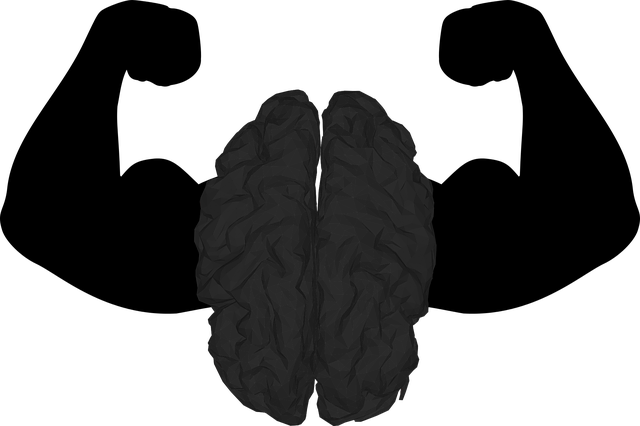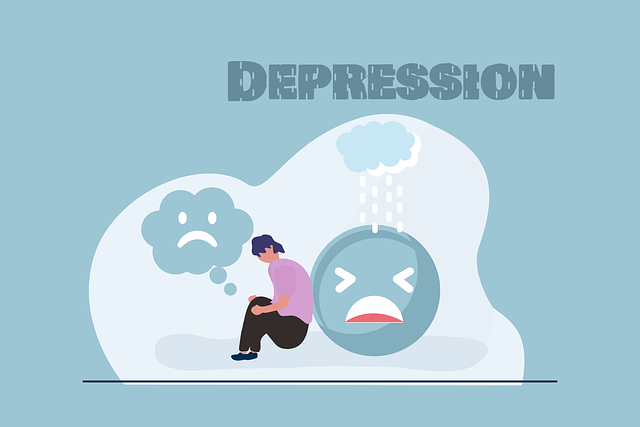Resilience-focused exercises tailored for seniors aim to maintain independence, address stress, anxiety, and phobias, enhancing mental fortitude, adaptability, and physical mobility. Effective communication strategies and emotional intelligence foster social connections, improving mental health and quality of life. Specialized therapy for elders, combining gradual exposure and cognitive-behavioral techniques, overcomes specific phobias rooted in younger years, empowering seniors to lead more active lives. Integrating mindfulness, deep breathing, and progressive muscle relaxation into daily routines further supports emotional well-being and empowers seniors to confront fears, improving their quality of life.
Resilience is key to a fulfilling later life, and building it can help elderly individuals overcome challenges. This article explores Resilient Factors Model (RFM) and its profound impact on seniors’ well-being. We delve into identifying and conquering common phobias that often surface in old age, emphasizing the importance of therapy for elders phobias. Additionally, practical tips are offered on incorporating resilience-building exercises into daily routines to enhance independence and overall mental fortitude.
- Understanding RFM and its Impact on Elderly Individuals
- Identifying and Overcoming Common Phobias in Later Years
- Incorporating Resilience-Building Exercises into Daily Routines
Understanding RFM and its Impact on Elderly Individuals

Resilience is a vital asset for elderly individuals to maintain their independence and overall well-being. RFM (Resilience, Flexibility, and Mobilization) exercises are designed to enhance this resilience, particularly in addressing common challenges faced by seniors. These exercises focus on building mental fortitude, adaptability, and physical mobility, which are essential components of aging gracefully. By participating in RFM routines, the elderly can improve their ability to cope with stress, anxiety, and even phobias, commonly observed in therapy for elders with specific fears.
Incorporating RFM into daily routines helps prevent burnout, a significant concern for seniors engaging in various activities. Effective communication strategies and emotional intelligence play a crucial role in these exercises, enabling the elderly to express their feelings, share experiences, and connect with others. This social aspect is vital for building resilience and fostering a sense of community, thereby enhancing overall mental health and quality of life.
Identifying and Overcoming Common Phobias in Later Years

Many older adults experience persistent phobias that can significantly impact their quality of life and daily functioning. Identifying and addressing these fears is crucial for maintaining mental wellness in later years. Common phobias among seniors include fear of heights, closed spaces, or specific animals—fears often developed in younger ages but can persist without proper treatment.
Overcoming these phobias requires specialized therapy tailored to elder patients, focusing on self-esteem improvement and coping skills development. Through gradual exposure and cognitive-behavioral techniques, therapists help individuals manage their anxiety responses and challenge the irrational beliefs associated with these fears. Such therapeutic interventions not only enhance mental wellness but also enable seniors to engage in activities that might have been limited by their phobias, fostering a more fulfilling and active lifestyle.
Incorporating Resilience-Building Exercises into Daily Routines

Integrating resilience-building exercises into daily routines can significantly enhance emotional well-being promotion techniques for elders, addressing underlying phobias and fostering a sense of empowerment. Simple yet effective practices such as mindfulness meditation, deep breathing exercises, and progressive muscle relaxation not only help in managing stress but also improve emotional intelligence and conflict resolution techniques. These activities are accessible and can be incorporated seamlessly into existing routines, making them ideal for promoting mental resilience in the elderly population.
Regular engagement in these exercises allows individuals to confront and overcome fears gradually, thereby reducing the impact of phobias on their daily lives. Additionally, it encourages a positive mindset, equips elders with effective coping strategies, and strengthens their ability to navigate challenging situations. By making such activities part of their everyday regimen, the elderly can experience improved emotional balance and overall quality of life.
Resilience building exercises, such as those based on RFM (Risk, Frequency, and Motivation), offer a promising approach to enhancing the well-being of elderly individuals. By understanding their unique challenges, like overcoming phobias through targeted therapy, we can significantly improve their quality of life. Incorporating these exercises into daily routines not only promotes mental fortitude but also encourages active aging. This holistic strategy ensures that elders face life’s risks with confidence and flexibility, fostering a sense of security and empowerment.














